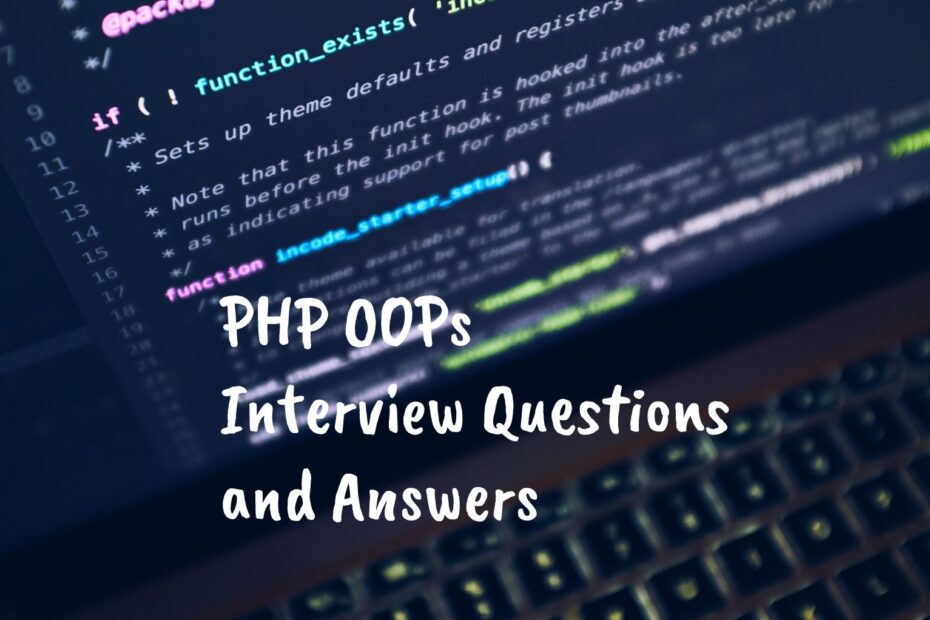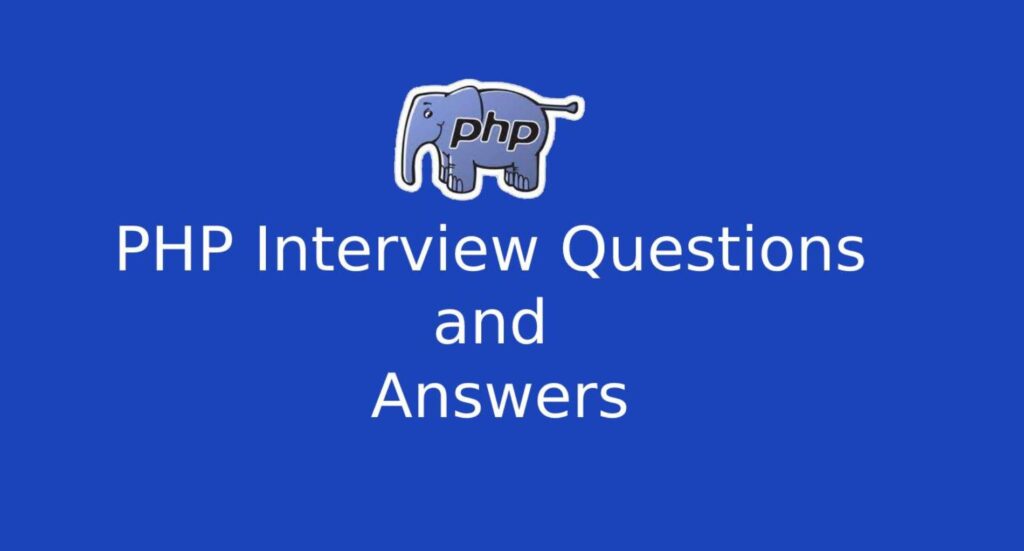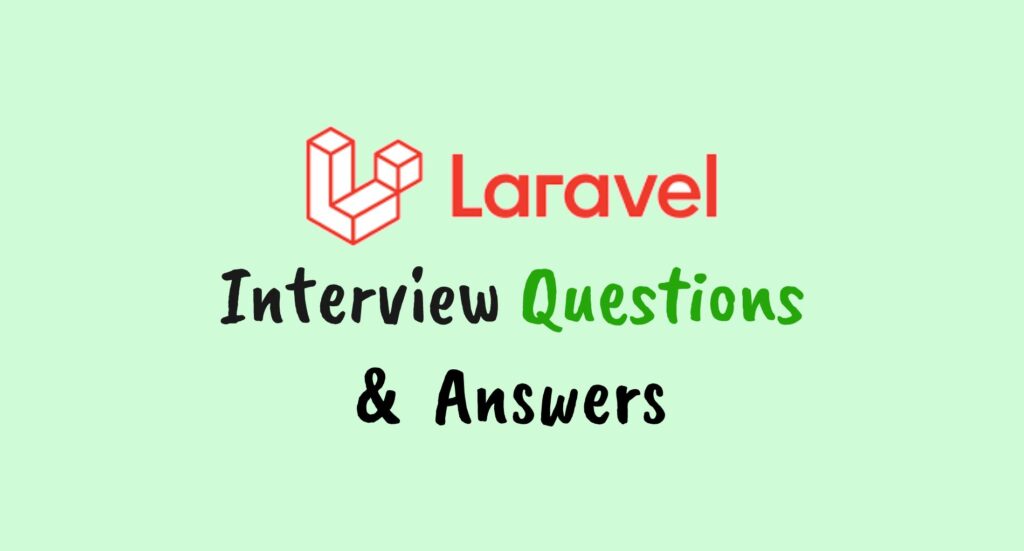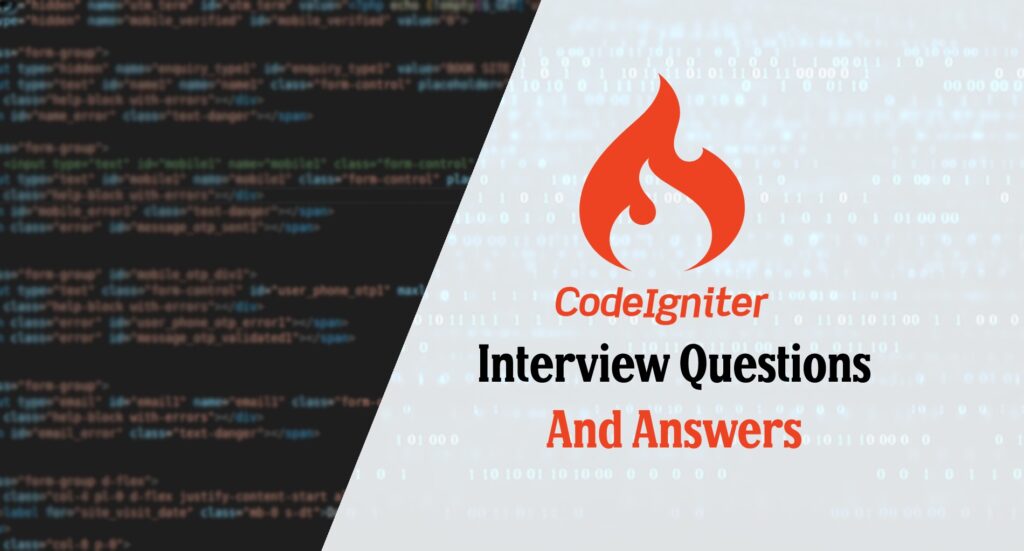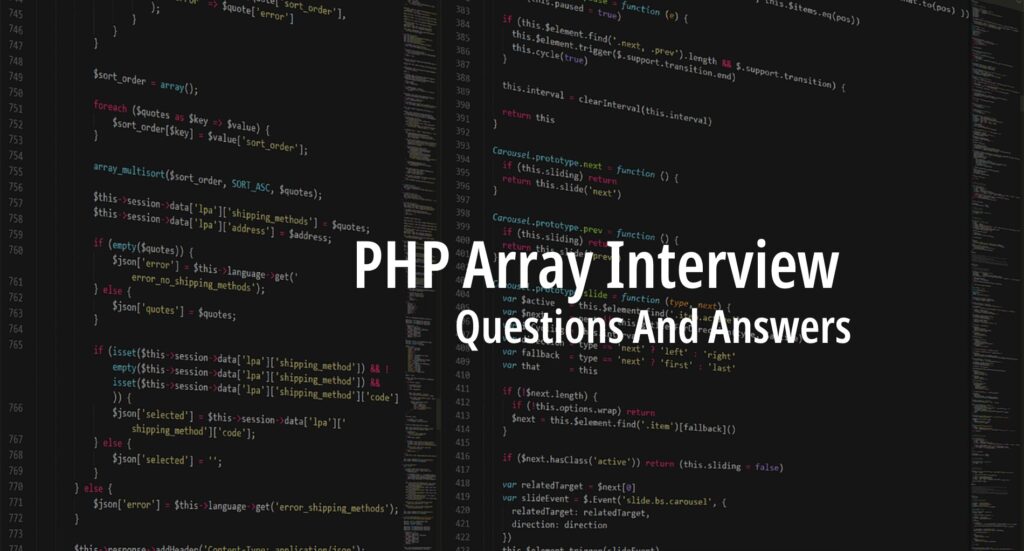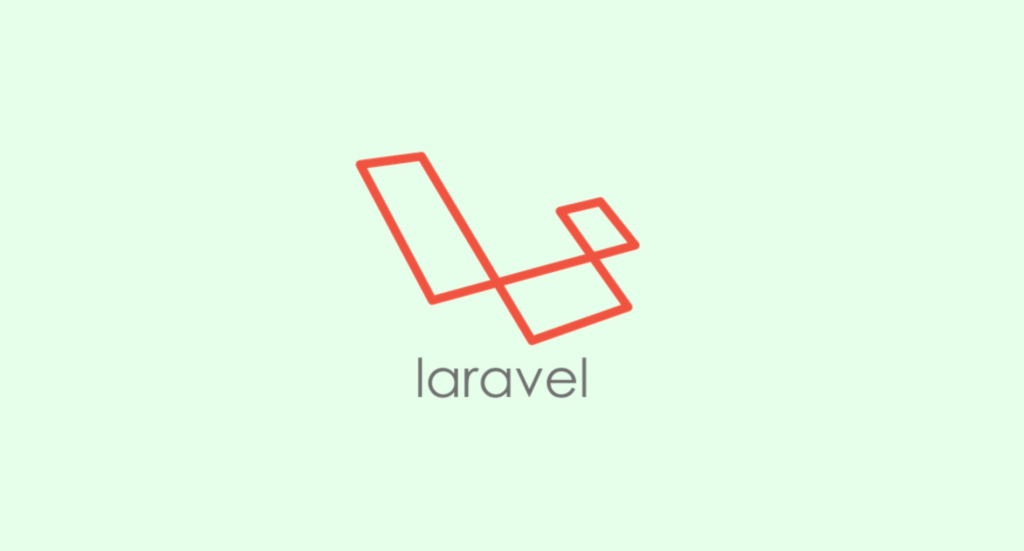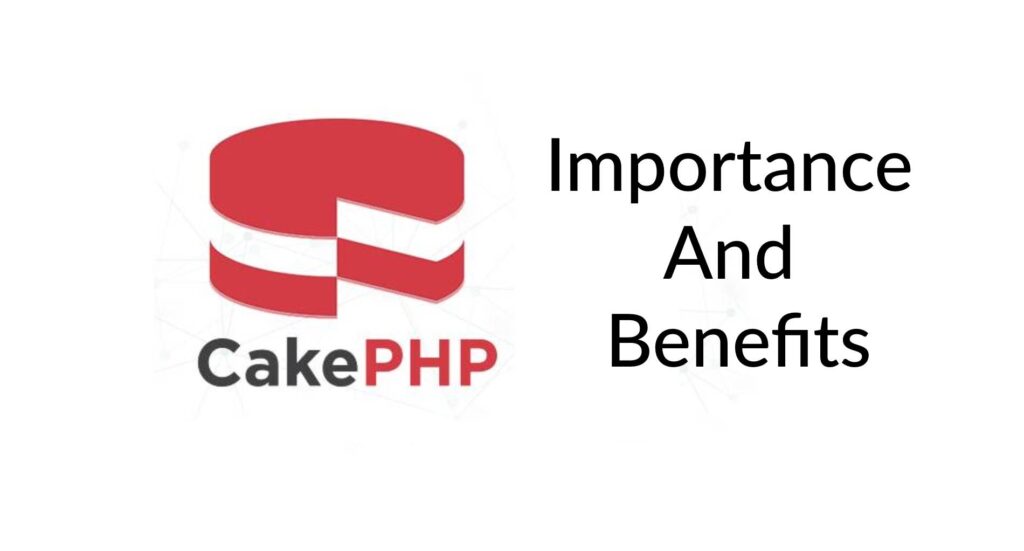Object-oriented programming (OOP) is a programming paradigm based on the concept of objects and not just on functions and procedures. It is the most popular method among developers.
Today’s technology is demanding, hiring and conducting interviews for people experienced in object-oriented approaches and patterns. The benefit of hiring such applicants is they also can examine different OOP languages effortlessly as in line with corporation requirements. Since, going thru the section, you could growth your hazard to get rent via way of means of agencies when you have nicely organized for OOPs interview questions.
In this article, we have are going through some commonly asked PHP OOPs interview questions and answers for fresher and experienced candidates.
Commonly asked PHP OOPS Interview Questions
- What Is Object-Oriented Programming?
- Explain the basic concepts of OOPs?
- What Are Properties Of Object-Oriented Systems?
- What is a class?
- What is an Object?
- What are the differences between class and object?
- What is an Encapsulation?
- What is Polymorphism?
- What is Inheritance?
- What are manipulators?
- What Is the Difference Between Class And Interface?
- What is Interface in PHP?
- What is Overloading?
- What is function overloading?
- What is Operator Overloading?
- What is static and dynamic Binding?
- How many instances are created for an abstract class?
- Which keyword can be used for overloading?
- What is an abstraction?
- What are the access modifiers?
- What Is Scope Resolution Operator?
- Following are different uses Access to static
- What are the various types of constructors?
- What are Traits In PHP?
- What are the advantages of object-oriented programming?
Q1. What Is Object-Oriented Programming?
An object-oriented programming system and OOPs It is a programming language model organized around objects. Objects are instances of classes used to interact with each other. An application can be of any type, such as a web-based application, a windows-based application, etc. Object-oriented programming is all about the objects and the class. OOPS is short for object-oriented programming system, in which programs are viewed as a collection of states.
Q2. Explain the basic concepts of OOPs?
Concepts of OOPS:
- Abstraction
- Encapsulation
- Inheritance
- Polymorphism
Q3. What Are Properties Of Object-Oriented Systems?
- Inheritance
- Data Encapsulation
- Extensible data types and classes
- Support for complex data types
- Aggregation
- Association
Q4. What is a class?
A class is simply a type of object. It is the plan or template that describes the details of an object.
Q5. What is an Object?
An object is an instance of a class, It has its own behavior, state behavior, and connections.
Q6. What are the differences between class and object?
| Class | Object |
| It is a logical entity. | It is a real-world entity. |
| It binds data and methods together into a single unit. | It is just like a variable of a class. |
| It does not occupy space in the memory. | It occupies space in the memory. |
| It is declared once. | Multiple objects can be declared as and when required. |
| It uses the keyword class when declared. | It uses the new keyword to create an object. |
| A class can exist without any object. | Objects cannot exist without a class. |
Q7. What is an Encapsulation?
The encapsulation is part of an object and describes all data. Hidden data is restricted to members of this class. Classes are public, private, protected, internal, and internally protected.
Q8. What is Polymorphism?
Polymorphism is nothing more than assigning behavior or value in a subclass to something that has already been declared in the main class. Polymorphism simply takes on more than one form.
Q9. What is Inheritance?
Inheritance is a concept whereby one class assigns the formation and behavior defined in another class. If the inheritance applies to one class, this is referred to as single inheritance; if it depends on several classes, this is referred to as multiple inheritance.
Q10. What are manipulators?
Manipulators are purposes that can be used in combination with the insert (<<) and extract (>>) operators on an object. Examples are endl and setw.
Q11. What Is the Difference Between Class And Interface?
- Interfaces don’t include business logic.
- You must extend the interface to use.
- A class can be instantiated by making its objects. An interface is not be instantiated as the methods declared inside an interface are abstract and do not perform any action.
- You can’t create an object of the interface.
- A class is declared using a keyword ‘class’. An interface is created using a keyword ‘interface’.
- The members of a class can have access specifiers like public, private, protected. The members of an interface are public as they have to be accessed by the classes implementing them.
- The methods inside a class are assigned to act on the fields listed in the class. As interface requires in the declaration of fields, the processes inside an interface are purely abstract.
Q12. What is Interface in PHP?
- Interfaces are assigned using the interface keyword.
- All methods are declared in an interface that must be public. Classes defined as Interface is not be instantiated(create object).
- You can inherit the number of interface class at the time of extending and number of abstract class separated by a (,)comma.
- All methods must be implemented within a child class, failure to do so will result in a fatal error.
- To extend the interface class, the implements operator is used.
- The extends operator is used.
- A number of the parameter must match.
Q13. What is Overloading?
It is a dynamically created method/resource and performed by magic methods. Overloading method/resources are invoked when interacting with properties or methods that have not been published or are not visible in the current field, Means we you are calling a function that does not exist.
Q14. What is function overloading?
Function overloading is a normal function, but it can perform several tasks. It allows creating several methods with the same name which differ from others by the type of both input and output of the function.
Q15. What is Operator Overloading?
A function where several operators are applied and based on the arguments is called Operator Overloading. Operator -,* can be used to pass by the function, and it has its own precedence to execute.
Q16. What is static and dynamic Binding?
Binding is the name of the class. Static Binding is binding in that name may be related to the class and it’s also referred to as as early binding. Dynamic Binding is binding in call may be related to the class in the course of execution time, and it’s far referred to as as Late Binding also.
Q17. How many instances are created for an abstract class?
Zero Instances will be made for an abstract class. In other words, you can’t create an instance of an Abstract Class.
Q18. Which keyword can be used for overloading?
The operator keyword is used for overloading.
Q19. What is an abstraction?
Abstraction is a key feature of OOPS and explains the necessary details of an object to the client. Displays only the necessary details for an object, not an object’s internal constructors. If you want to turn on the TV, it is not essential to know the internal circuitry required to turn on the TV. Everything needed to turn on the TV is described by an abstract class.
Q20. What are the access modifiers?
Access modifiers describe the scope of the method and variables that can be accessed from other different objects or classes. Five types of access modifiers and they are as below:
- Private
- Public
- Protected
- Friend
- Protected Friend
Q21. What Is Scope Resolution Operator?
The Scope Resolution Operator is a double colon (::) that allows a way to static, constant, and overridden properties or methods of a class.
Q22. Following are different uses Access to static
- Access the constant.
- Access the methods of a parent class.
- Access the overridden properties of the parent class.
Q23. What are the various types of constructors?
- Default Constructor:- With no parameters.
- Parametric Constructor:- Create a new instance of a class and also passing arguments simultaneously with Parameters.
- Copy Constructor:-Which forms a new object as a copy of an existing object.
Q24. What are Traits In PHP?
- Traits are a circuitry for code reuse in single inheritance.
- A Trait is similar to a class, but only intended to group functionality in a fine-grained and consistent way.
- It is impossible to instantiate a Trait but in addition to common inheritance. It is assigned to reduce some limitations of single inheritance to reuse sets of methods freely in several independent classes living in several class hierarchy.
Q25. What are the advantages of object-oriented programming?
- Code Reusability: Used to achieve through inheritance and traits.
- Modularity: Used to achieve by breaking large code into small modules, Modularity reduces complexity.
- Maintainability: Used to maintain code that follows Object-Oriented Programming Concepts.
- Testability: it is easy to test.
- Security: Used to achieve by Encapsulation
- Flexibility: We can make by polymorphism.
- Testability: it is easy to test.
More Interview Questions
Laravel Interview Questions And Answers
PHP Interview Questions And Answers
Node.Js Interview Questions And Answers
CodeIgniter Interview Questions And Answers
Conclusion
I believe these PHP OOP Interview Questions and Answers would help you understand what kind of questions you might be asked in an interview and by going through these PHP OOP Interview Questions you can plan your next interview in one fell swoop prepare and master . And I’ll try to keep updating the interview questions and answers here. So you can dig deeper.
